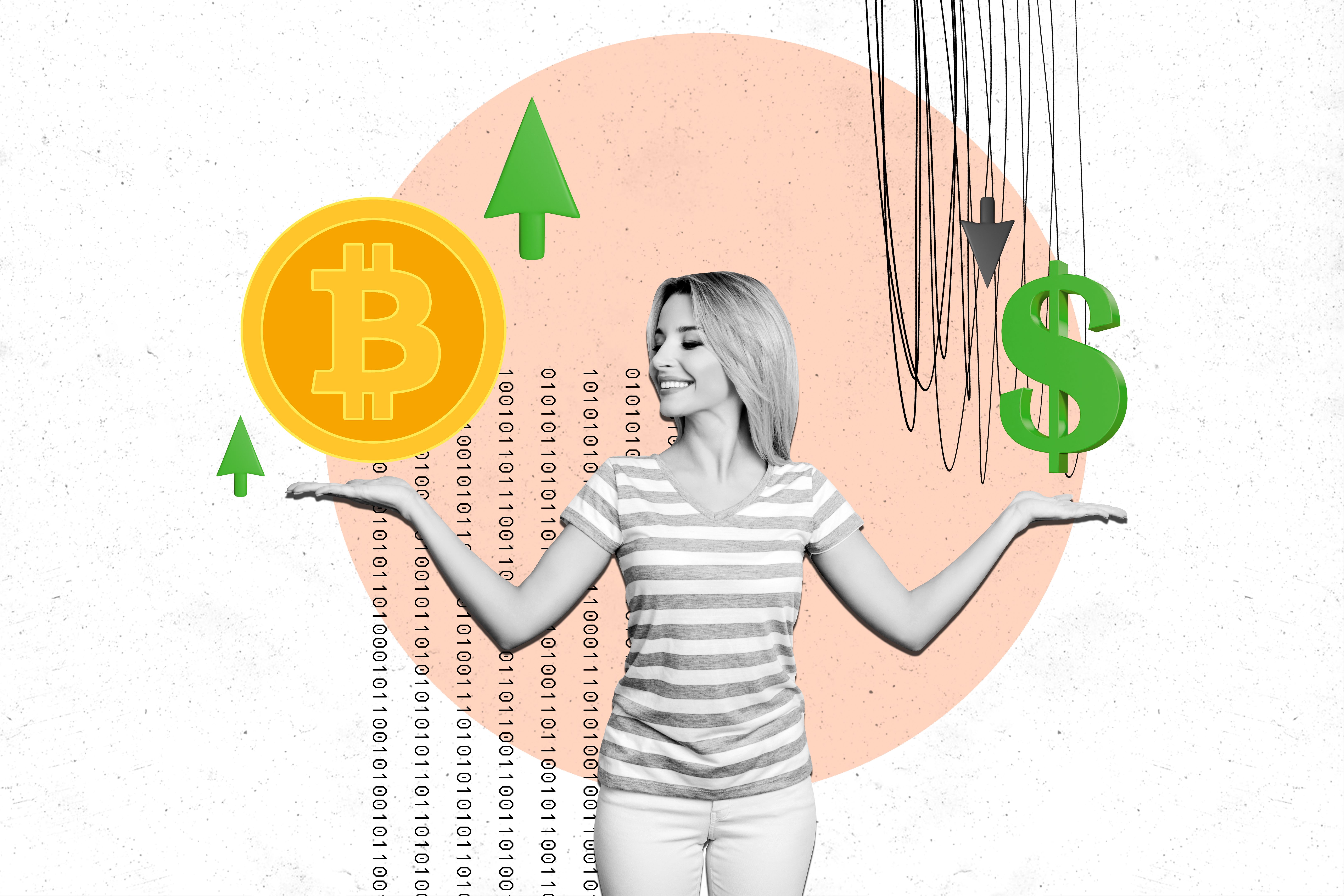Cardano vs. Solana: Evaluating the Best Crypto Investment
Understanding the Basics of Cardano and Solana
In the ever-evolving world of cryptocurrency, two names often come up in discussions about promising blockchain platforms: Cardano and Solana. Both are designed to provide decentralized applications and smart contract capabilities. However, they each have unique characteristics that set them apart. Understanding these differences is crucial for investors looking to make an informed decision.

Cardano was founded by Charles Hoskinson, one of the co-founders of Ethereum. It employs a unique proof-of-stake consensus mechanism known as Ouroboros, which is designed to be more energy-efficient compared to traditional proof-of-work systems. Solana, on the other hand, uses a proof-of-history mechanism that allows for faster transaction speeds and lower fees. This innovative approach gives Solana a competitive edge in scalability.
Technological Infrastructure
When evaluating Cardano vs. Solana, one must consider their technological infrastructure. Cardano takes a scientific approach to development, emphasizing peer-reviewed research and evidence-based methods. This meticulous strategy ensures robustness and reliability, though it often results in slower development timelines.
Conversely, Solana’s infrastructure is built for speed and efficiency. It can handle thousands of transactions per second, making it one of the fastest blockchain platforms available today. This speed is attractive for applications requiring high throughput, such as decentralized finance (DeFi) projects.

Investment Potential
For investors, the potential return on investment is a crucial consideration. Cardano has a strong community and a well-established presence in the crypto market. Its focus on sustainability and scalability makes it an attractive long-term investment for those who believe in its vision.
Solana’s rapid growth and adoption rate have captured the attention of many investors. Its ability to support a wide range of applications, from gaming to DeFi, has led to significant interest from developers and businesses alike. This versatility contributes to its appeal as a high-reward investment opportunity.
Market Adoption and Use Cases
Both Cardano and Solana have gained traction in the market, but their use cases differ. Cardano has positioned itself as a platform for financial services in underserved regions, with a focus on identity management and governance solutions. Its partnerships in developing countries highlight its commitment to social impact.
Solana’s adoption has been driven by its performance capabilities. It has attracted numerous decentralized applications that require fast transaction speeds, particularly in the gaming and NFT sectors. This has led to a surge in its user base and increased visibility in the crypto community.
Conclusion: Which is the Better Investment?
Deciding between Cardano and Solana ultimately depends on your investment goals and risk tolerance. If you value sustainability, scientific rigor, and long-term growth, Cardano may be the right choice. However, if you are looking for high-speed transactions and rapid adoption potential, Solana could be more suitable.
Both platforms offer unique advantages that cater to different investor preferences. As with any investment, it's important to conduct thorough research and consider diversifying your portfolio to mitigate risks.
Stay Ahead of the Market with GreatWhale.org Crypto News!
https://greatwhale.org/blog
